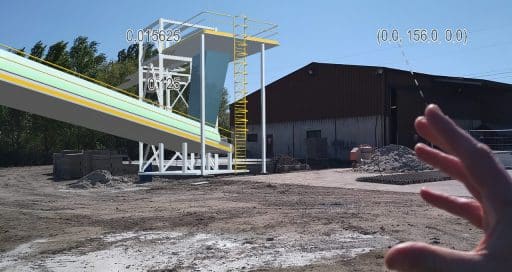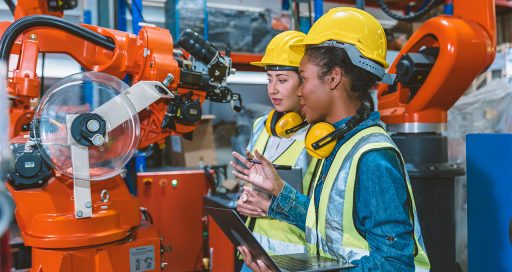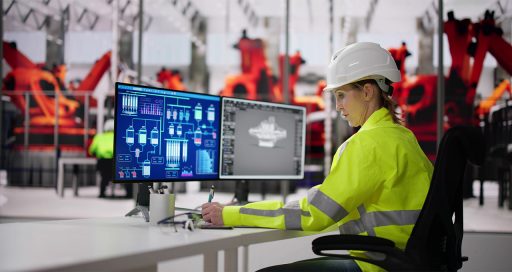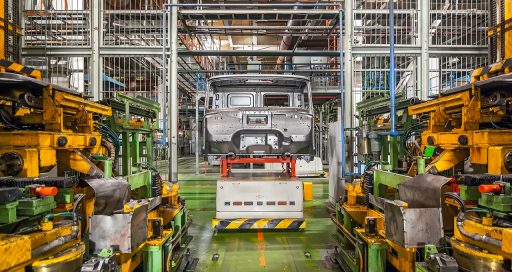Actemium Bordeaux Energies et Services has been using 3D holograms since the end of 2020. The technological innovation gives clients the opportunity to immerse themselves in their future working environment, ensuring greater transparency and building trust.

In the manufacturing sector, project management sometimes comes up against the problem of clients being unable to visualise a future installation. A 2D drawing, or even a model, only provides an overview of the final result, leading at times to misunderstandings between the client and their service provider.
In order to address this and to stand out from the competition, Actemium Bordeaux Energies et Services decided two years ago to move to 3D modelling. The VINCI Energies business unit, which carries out multi-technical industrial projects (M&E engineering), equipped itself with a virtual reality headset, two controllers and position sensors, all tethered to a PC.
Unfortunately, the experience proved disappointing. Not only did the system require prior modelling of the working environment, but some clients suffered from motion sickness.
“Immersed in a virtual world without any outside contact, users lose their bearings,” explains Eric Bousquet, manager of Actemium Bordeaux Energies et Services. “There’s a disconnect between what the inner ear senses and what the eyes see.”
Drawing on this experience, the business unit moved its focus at the end of 2020 to holograms, adopting Microsoft’s HoloLens 2 mixed reality device.
The headset in this instance is untethered and doesn’t require sensors. And crucially, with this system, no modelling of the industrial site is necessary. Users are immersed in the existing environment at full scale and interact with virtual objects that are layered on top of the real world.
Greater transparency and trust
3D holograms make it possible to visualise and anticipate all the phases of a project, ensuring buy-in from all stakeholders. “As a tool it helps bring people together,” says Bousquet.
“A project manager can bring in operators and ask their opinion,” adds the business unit manager. “It’s important to engage with staff in defining needs. The project concerns them first and foremost; it’s their working practices that will change.”
With videoconferencing, it’s also possible to collaborate remotely with industry experts or buyers, thereby reducing travel. The client sees exactly what the user sees in the headset. He or she can direct the user, draw on the screen or identify a component to be changed.
“After several months of use, everyone has fully bought into the system!”
With simulated training, technicians can learn the procedure to use on a piece of equipment before going on site, repeating the steps as many times as necessary in a safe environment.
Internally, Actemium technicians monitor the various stages of a project’s progress by layering the existing model over the target model.
“After several months of use, everyone has fully bought into the system including clients who were initially sceptical about it!” concludes Bousquet. By enabling clients to clearly visualise the installation they’re buying, the solution enhances transparency and builds trust in the customer relationship, he maintains.
14/10/2021





